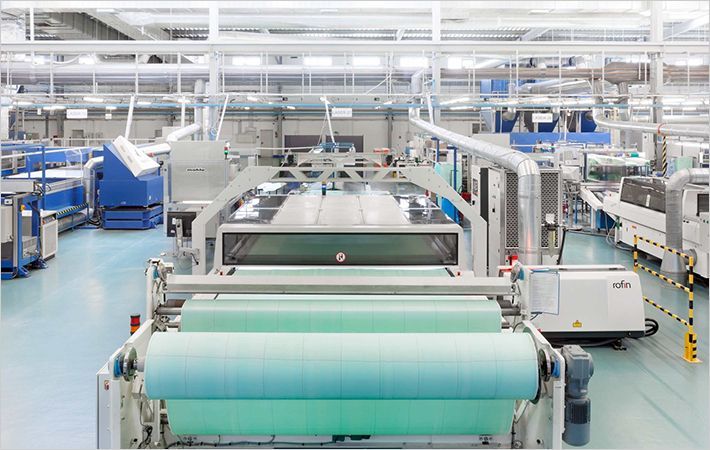Cintas Canada, Ltd. has released a report titled, “Protective Apparel Maintenance Needs to Be a Top Priority with Safety Professionals.” The report summarizes the results of a survey of 100 safety professionals conducted at the Partners in Prevention 2015 Health and Safety Conference & Trade Show in April. The results shed light on garment care and maintenance habits in Canada and reveal inconsistencies that could put workers at risk of an injury.
Cintas Canada designs, manufactures and implements corporate identity uniform programmes and provides entrance mats, restroom cleaning and supplies, tile and carpet cleaning services to approximately 55,000 businesses in CanadaCintas Canada, Ltd. has released a report titled, “Protective Apparel Maintenance Needs to Be a Top Priority with Safety Professionals.” The report #
“The survey results show that many organizations throughout Canada are not following the best practices outlined by the Canadian Standards Association - (CSA Z96) 'High-Visibility Safety Apparel,' and CSA Z462 'Workplace Electrical Safety,'” the report said.
Apparel such as high visibility and flame resistant clothing is designed to help protect workers against hazards such as low-light work environments, flash fires, and arc flash incidents. It is the employer's responsibility to provide workers with the appropriate garments, as well as ensure proper maintenance, care and replacement when necessary.
“In order to protect the integrity and efficacy of protective apparel, it must be cleaned and maintained properly,” said Dave Rehm, Regional Manager of Protective Apparel, Cintas Canada, Ltd. “However, the survey results show that many organizations throughout Canada are not following the best practices outlined by the Canadian Standards Association - (CSA Z96) 'High-Visibility Safety Apparel,' and CSA Z462 'Workplace Electrical Safety.'”
The survey revealed substantial inconsistencies with laundering habits amongst respondents. Less than half of respondents (46 per cent) said their protective apparel is laundered weekly and more than a quarter (27 per cent) said their protective apparel is laundered “as needed.”
Thirty per cent of respondents said they regularly or sometimes use fabric softeners, chlorine bleach, oxidizers and dryer sheets when laundering protective apparel – items that standards for home laundering specifically note should not be used when cleaning protective apparel.
Only 49 per cent of respondents reported having to return worn-out garments to their employer. By not requiring employees to return worn-out protective apparel, employers run the risk of employees wearing garments that may not perform as intended.
“Careful inspections and proper maintenance of protective apparel will improve worker safety and extend the life of the garment,” added Rehm. “The survey results suggest that managers need to improve their protective apparel maintenance programs to better protect workers and provide a safe working environment.” (SH)
Fibre2Fashion News Desk – India

